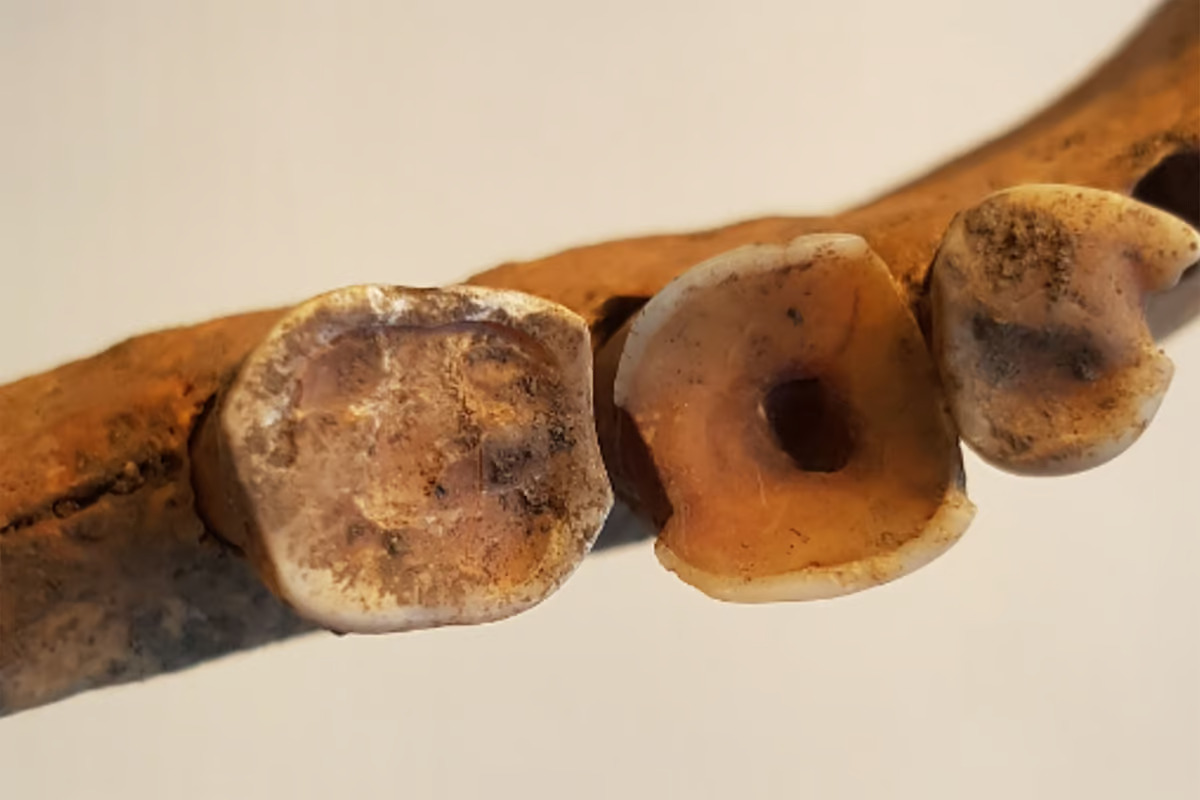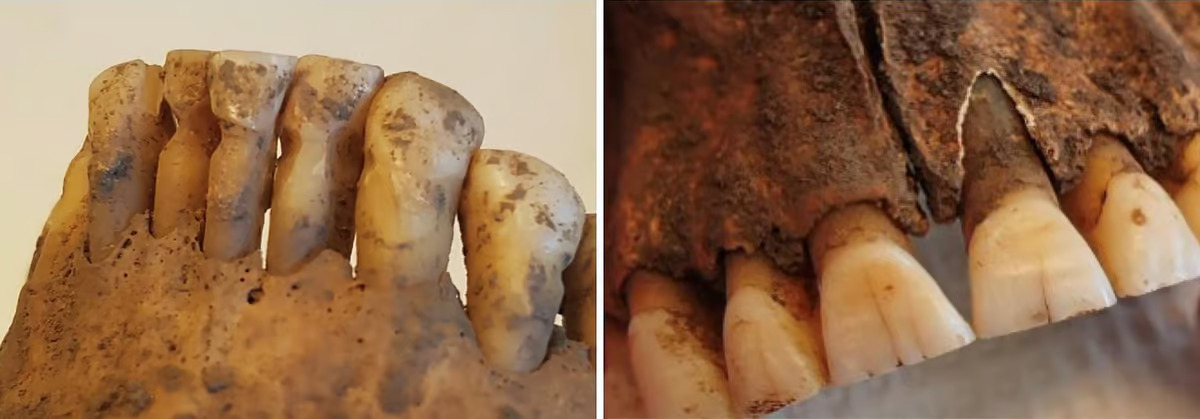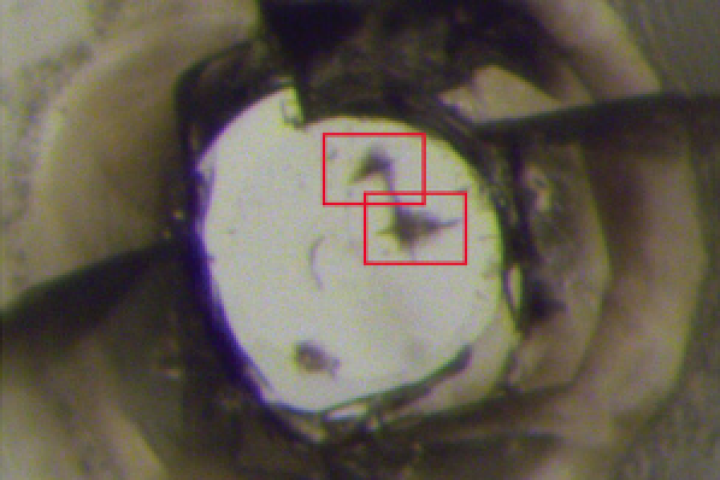 A study has found that Swedish Viking dentistry was surprisingly advanced. AI-generated by DALL-E View gallery – 3 images
A study has found that Swedish Viking dentistry was surprisingly advanced. AI-generated by DALL-E View gallery – 3 images
In 2005, archeologists discovered thousands of graves in Varnhem, Sweden, dating back to the 10th to 12th centuries, near the ruins of the country’s oldest known stone church. Considering their well-preserved state, the excavated jaws and teeth offered valuable evidence of everyday life in this unique, early Christian Viking settlement, including general and dental health and disease.
To date, there have only been a handful of published studies about the dental health of Swedish Vikings. So, researchers from the University of Gothenburg’s Institute of Odontology jumped at the opportunity to examine the teeth, working with an osteologist, a bone specialist, from Västergötlands museum, where the bones are now kept, to uncover their secrets.
“This study provides new insights into Viking oral health and indicates that teeth were important in Varnhem’s Viking culture,” said Carolina Bertilsson, the study’s lead and corresponding author. “It also suggests that dentistry in the Viking Age was probably more sophisticated than previously thought.”
The researchers examined 3,293 teeth from 171 individual Vikings with complete and partial sets of teeth. Of these, 133 were permanent teeth, and 38 were deciduous (‘baby teeth’) or a mixture of both. They used standard dentistry tools under bright light to study the choppers clinically and X-ray examinations, using the same technique as in modern dental surgeries.
They found that almost half, 49%, had at least one carious lesion, visible destruction of the hard tooth structure caused by bacteria. Large carious lesions indicate that several of the Vikings suffered from tooth pain since the cavities had almost reached down to the pulp, the innermost layer of the tooth containing the nerves and blood vessels. Additionally, 13% of adult teeth were affected by caries, or decay, mostly at the root surface and commonly in the mandibular first molar, a tooth in the lower back jaw principally used to grind food. Adults had lost, on average, 6% of their teeth, excluding wisdom teeth, over their lifetimes and signs of dental infection were seen in 4% of teeth. Younger individuals, those with deciduous or mixed teeth, were free of caries.
Overall, the findings suggested that caries, tooth infections, and toothaches were common among Varnhem’s Viking population. What was of most interest to the researchers, though, was that they observed attempts to look after teeth in various ways.
“There were several signs that the Vikings had modified their teeth, including evidence of using toothpicks, filing front teeth, and even dental treatment of teeth with infections,” Bertilsson said.

One molar had a neatly filed hole from the tooth’s crown into the pulp – not unlike modern dental techniques – which the researchers say was probably done to relieve pressure and alleviate toothache due to infection.
“This is very exciting to see, and not unlike the dental treatments we carry out today when we drill into infected teeth,” said Bertilsson. “The Vikings seem to have had knowledge about teeth, but we don’t know whether they did these procedures themselves or had help.”

In several individuals, abrasions indicated the habitual use of toothpicks to remove food from between the teeth. Regarding the deliberate – and skillful – modification of the front teeth by filing, seen in one male aged between 35 and 50, this was a practice seen in other, mainly Swedish, Viking Age males. While the reason for the modification is unknown, it’s suggested to be a marker of identity.
“These findings provide an extraordinary glimpse of a long-lost world and a rare and essential understanding of our ancestors, and life and death during the Viking Age,” said the researchers.
The study was published in the journal PLOS ONE.
Source: University of Gothenburg View gallery – 3 images
–
























